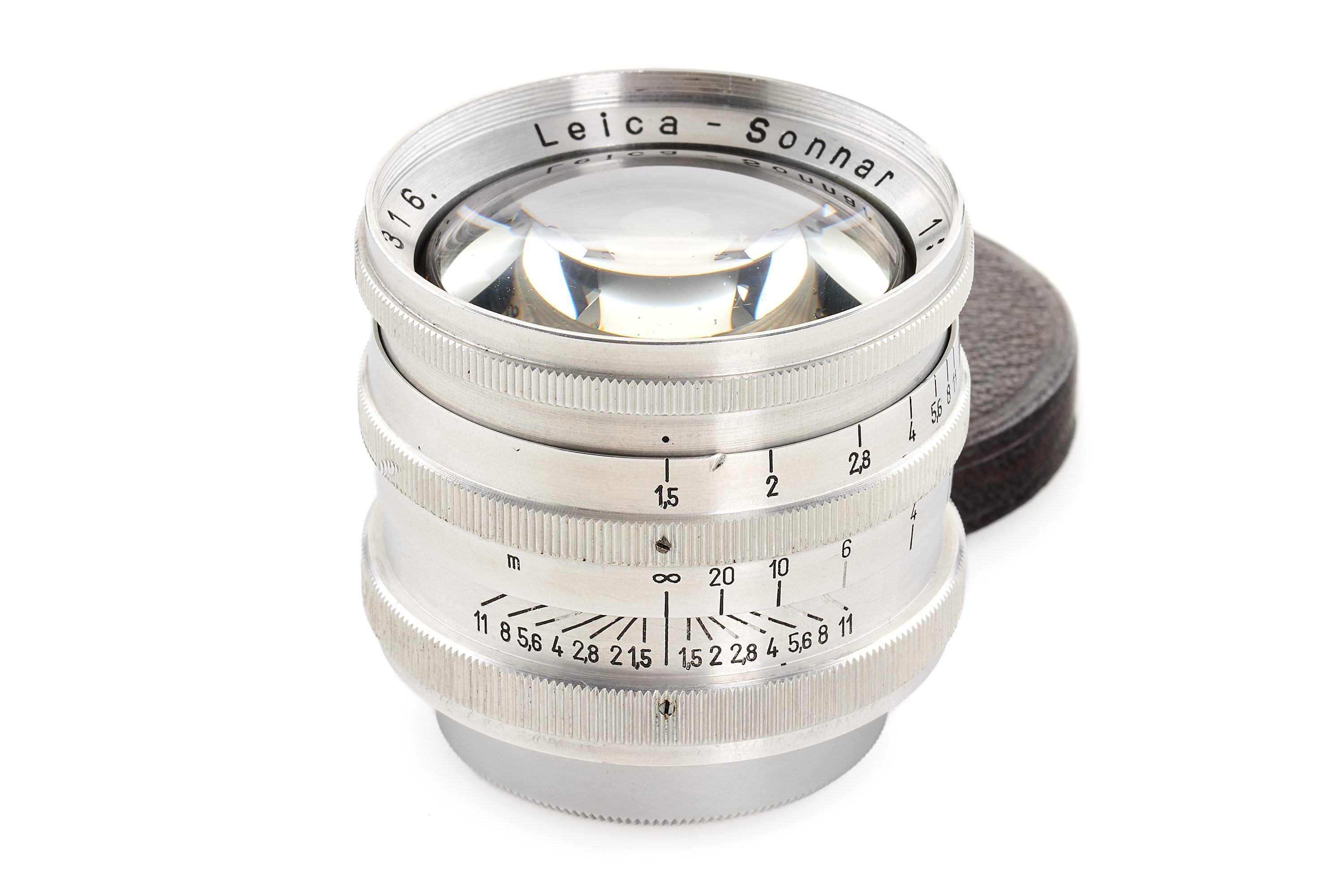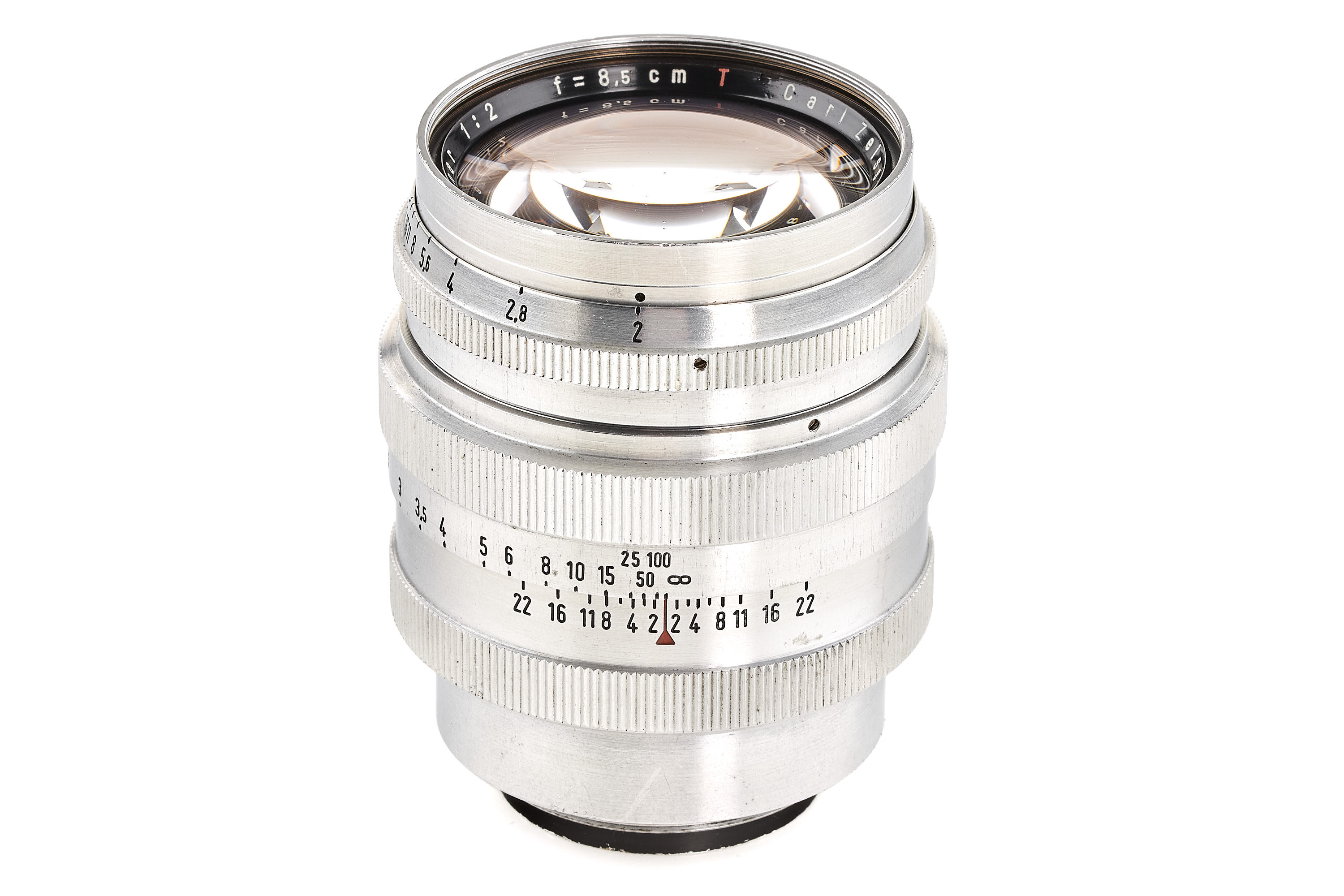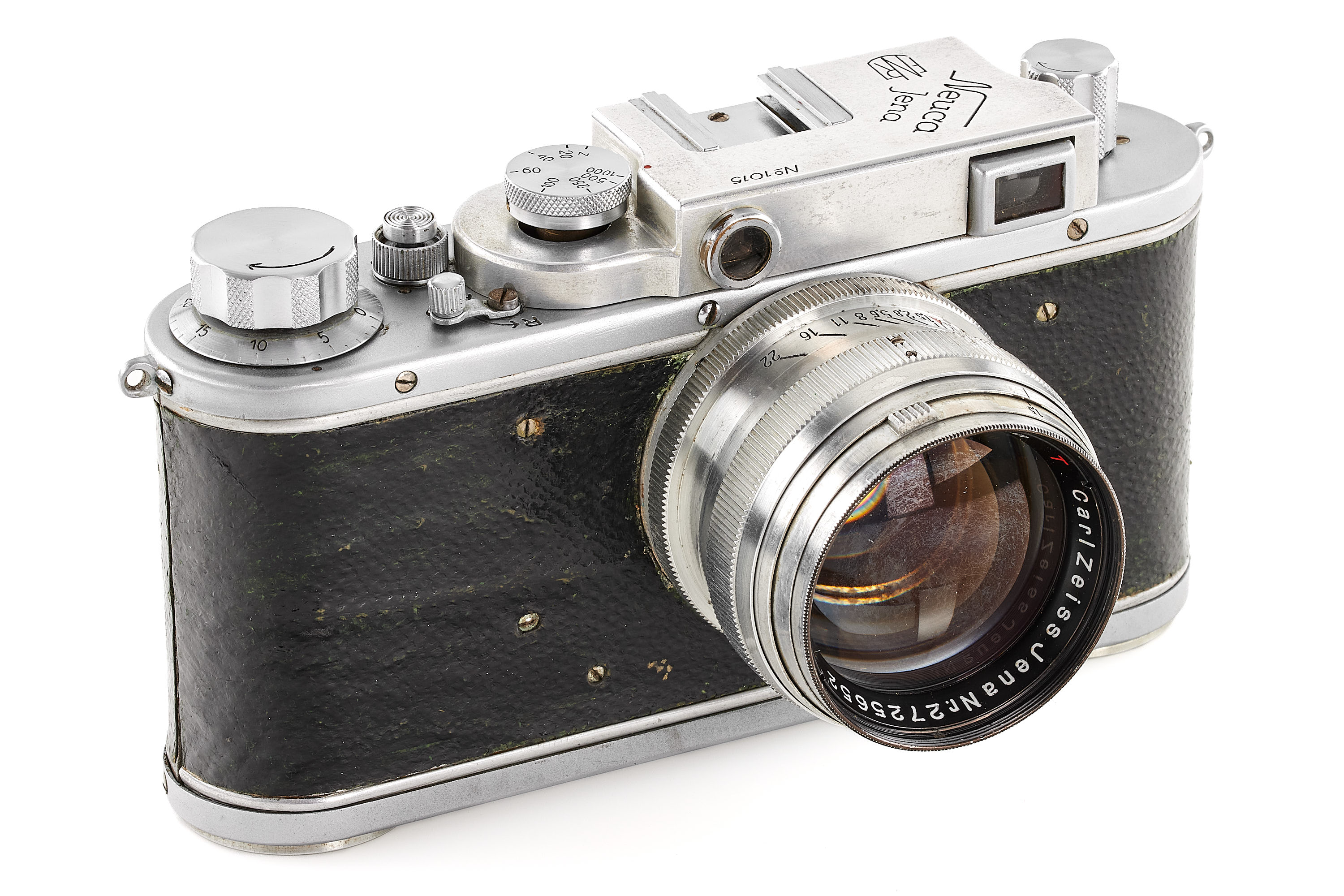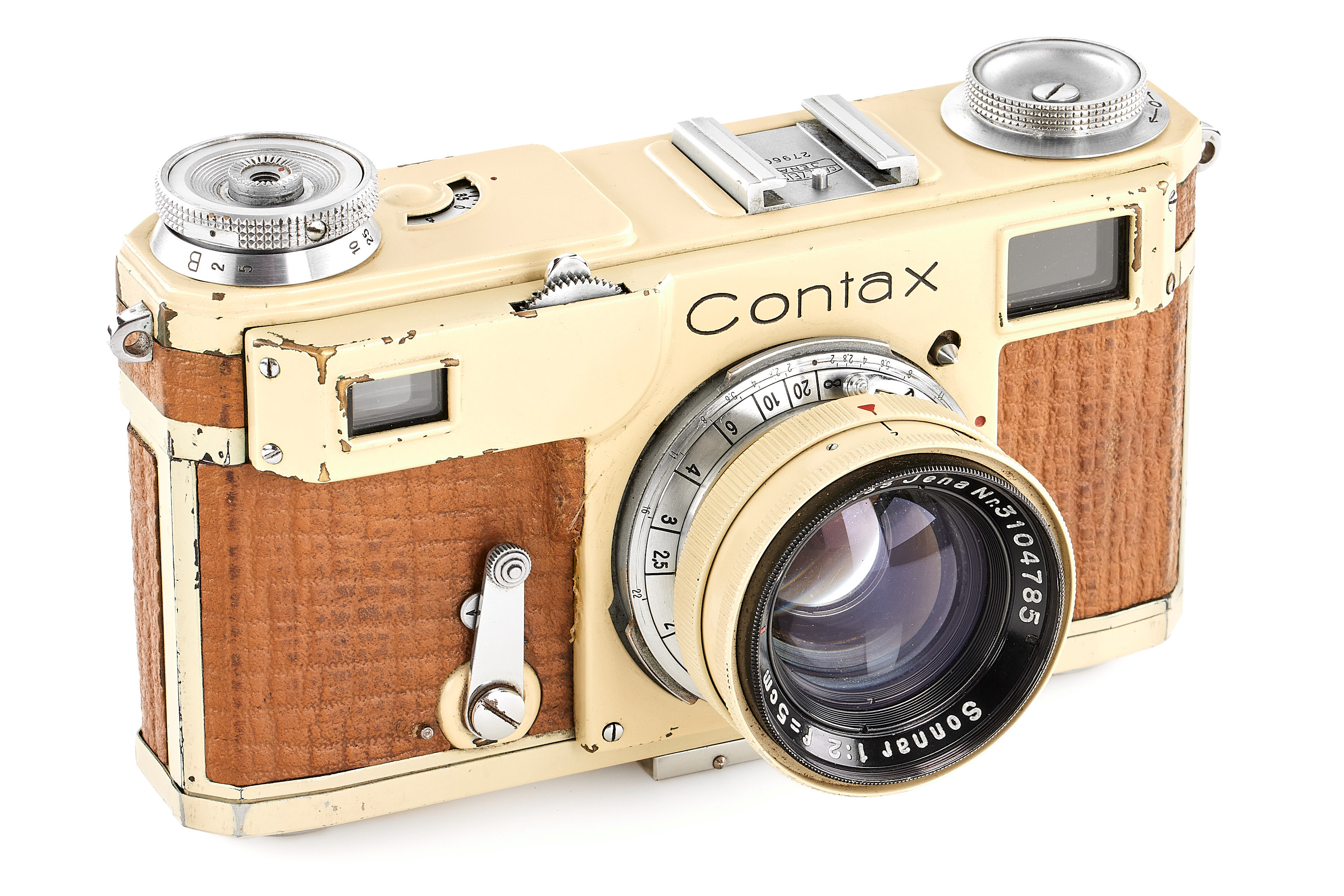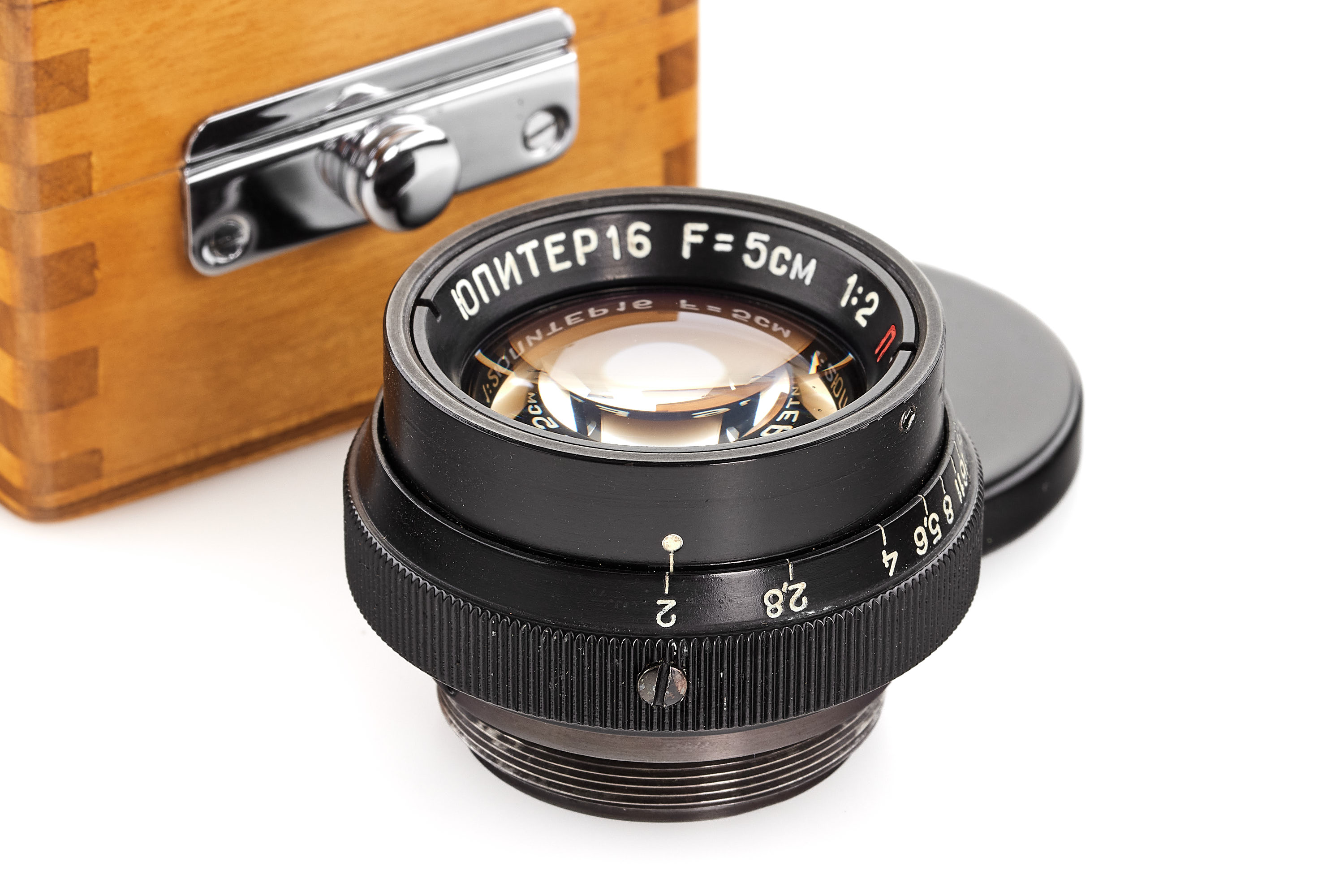Räuber
Well-known
I look through Ebay regularly and one sad truth is you can not have them all. 😅 From time to time I see Sonnar lenses that belong into a collectors hand. I'm very tempted to spend my own money again and again. But I will share some of those hidden treasures with you today. 🙈

Sonnar 5cm f/1,5 with lowest serial after CZJ started T coating yet seen. Making this the first Sonnar 5cm f/1,5 with T coating. There are other lenses with T coating before this lens but those single lenses got their T coating later. This lens is one of the first batch of lenses that were officially anti reflection coated by CZJ. It is still unknown what is the serial of the very first lens that got T coating but this one is the one with the lowest serial of today.

Sonnar 5cm f/1,5 with lowest serial after CZJ started T coating yet again. This is from the second batch. This is the caveat about the T coating date. There were 2 production runs at the time CZJ started introducing T coating. So there are 2 serials blocks where we have a switch from uncoated lenses to single coated lenses. This is the lens with the lowest serial from the second batch produced at that time. Still it is not known what was the first lens in this serial block that was coated.

That makes this lens the last uncoated Sonnar 5cm f/1,5 CZJ produced for now.

This is the Sonnar 5cm f/1,5 with the lowest serial from East German production (CZJ). That makes this lens the first lens from CZJ post-war production.

This is the Sonnar 50cm f/1,5 with the lowest serial from West German production (Opton-Zeiss). That makes this lens the first lens from Oberkochen post-war production.

Contax Zeiss IKONJena Sonnar 5cm F1.5 T Silver Film Camera Near Mint Condition | eBay
Depends on custom in your country also. For overall product details, refer to the product images and item specifics provided. We'll promptly provide you with the requested details. Rest assured, we'll go above and beyond to provide the best possible support.
www.ebay.de
Sonnar 5cm f/1,5 with lowest serial after CZJ started T coating yet seen. Making this the first Sonnar 5cm f/1,5 with T coating. There are other lenses with T coating before this lens but those single lenses got their T coating later. This lens is one of the first batch of lenses that were officially anti reflection coated by CZJ. It is still unknown what is the serial of the very first lens that got T coating but this one is the one with the lowest serial of today.

Objektiv Carl Zeiss Sonnar F/1.5 - 50mm T-Shirt #2553642. Gestell Contax | eBay
Carl Zeiss Sonnar-Objektiv T f/1,5 - 50 mm. Seriennummer: Nr. 2553642. Contax-Telemetriehalterung. Guter Allgemeinzustand. Es sind einige kleine Gebrauchsspuren vorhanden. Keine Kratzer auf der Linse, kein Abblättern, keine Trübung, kein Pilz. Der Membranring funktioniert ordnungsgemäß. Öl auf...
www.ebay.de
Sonnar 5cm f/1,5 with lowest serial after CZJ started T coating yet again. This is from the second batch. This is the caveat about the T coating date. There were 2 production runs at the time CZJ started introducing T coating. So there are 2 serials blocks where we have a switch from uncoated lenses to single coated lenses. This is the lens with the lowest serial from the second batch produced at that time. Still it is not known what was the first lens in this serial block that was coated.

VINTAGE ZEISS IKON CONTAX CAMERA Sonnar 1:1.5 F=5cm Lens GERMANY MADE | eBay
<p>Start your new project with the Zeiss Ikon Contax camera. With its stunning silver color and German craftsmanship, it is a beautiful work of art that will capture amazing photos. You will be pleased with the quality and performance of this camera set.</p><br /><p> SOLD THIS ITEM AS IS IN...
www.ebay.de
That makes this lens the last uncoated Sonnar 5cm f/1,5 CZJ produced for now.

Carl Zeiss Jena 5cm 50mm f1.5 T Sonnar Contax Rangefinder Lens RF #3001034 ðð 745051758202 | eBay
Entdecken Sie Carl Zeiss Jena 5cm 50mm f1.5 T Sonnar Contax Rangefinder Lens RF #3001034 ðð in der groÃen Auswahl bei eBay. Kostenlose Lieferung für viele Artikel!
www.ebay.de
This is the Sonnar 5cm f/1,5 with the lowest serial from East German production (CZJ). That makes this lens the first lens from CZJ post-war production.

Zeiss Opton T Coated 50mm F1.5 Sonnar Contax RF Mount Lens - UK Dealer | eBay
Entdecken Sie Zeiss Opton T Coated 50mm F1.5 Sonnar Contax RF Mount Lens - UK Dealer in der groÃen Auswahl bei eBay. Kostenlose Lieferung für viele Artikel!
www.ebay.de
This is the Sonnar 50cm f/1,5 with the lowest serial from West German production (Opton-Zeiss). That makes this lens the first lens from Oberkochen post-war production.











